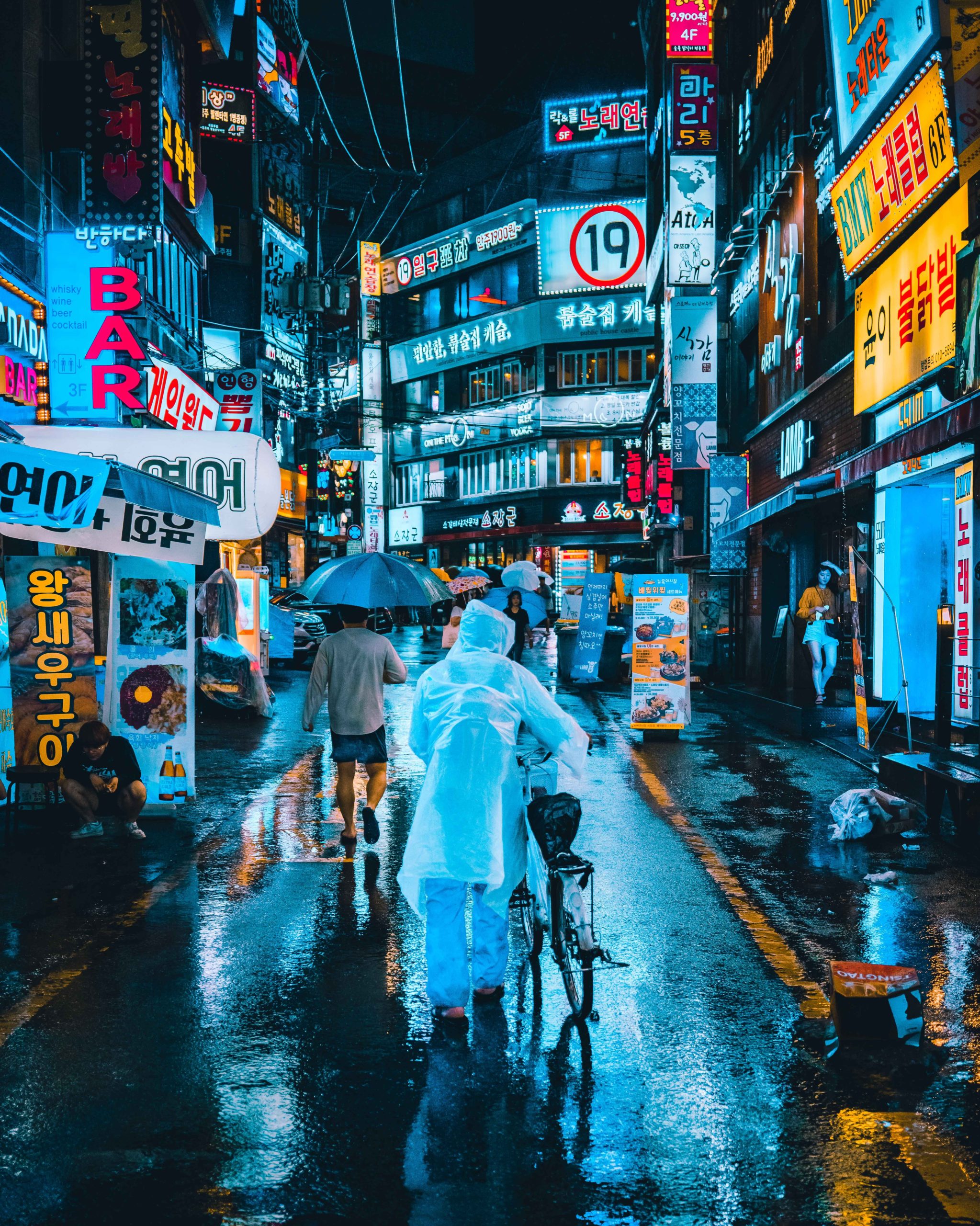Tourism is a numbers game, and more isn’t always better (as Barcelona and Iceland will tell you).
Travel has almost doubled in less than 20 years.
There were nearly 1.18 billion international travelers in 2016, up from 674 million in 2000, according to the United Nations World Tourism Organization (UNWTO). The latest statistic represents nearly one out of seven people in the world and is expected to grow to 1.8 billion people by 2030. This rapid increase of tourists is exactly why sustainable tourism needs attention now, explains Taleb Rifai, the Secretary-General of the UNWTO. “The impact of tourism on the world can be negative or positive, and our goal is to see to it that the travel industry is a force for good,” he said. In an effort to promote sustainable tourism, the UNWTO has designated 2017 as the International Year of Sustainable Tourism for Development. In the context of the universal 2030 Agenda for Sustainable Development and the Sustainable Development Goals (SDGs), the International Year (#IY2017) aims to support a change in policies, business practices, and consumer behavior towards a more sustainable tourism sector that can contribute to the SDGs.

For that reason, I wanted to start a new series on Sustainable Luxury Tourism that looks at the intersection of luxury travel and sustainable tourism. Connecting the dots from my work at the U.S. Mission to UNESCO, my extensive experience with marketing in the luxury travel space, my love for luxury hotels, my academic training in international development and the law, and my passion for the world’s cultures and social enterprises, I want to:
-
Highlight why sustainable tourism matters;
-
Break down the various definitions of sustainable tourism;
-
Shed light on the core tenets of sustainability;
-
Explore sustainability from a luxury travel lens; and
-
Provide insight on how the luxury travel space, both businesses and consumers, can positively contribute to the movement.
Since I started The Cultureur in 2012, I have often written about the intersection of local culture and luxury travel, calling it experiential luxury travel and showing people that the two ideas are not mutually exclusive. Over the past 5 years since I’ve delved into the business of travel, specifically in the luxury travel space, I have worked with several hospitality brands, luxury hotels, and destination marketing organizations on their marketing strategy and branding initiatives, learning about the ever-changing landscape of luxury hotels and the need for destination management and forecasting future luxury travel trends. At its core, sustainability is about saving the heart and soul of the destinations we love so much.
My main reason to start this series is to share what exactly sustainability encompasses because let’s be honest, often when people hear the word sustainability their eyes glaze over or they feel like they’re being scolded for their decisions. I know this to be true, because I’ve felt my own mind wander when listening to a spiel about recycling or going green. But sustainability is much, much more than that. And as I learn more and truly see the impact of our decisions, I want to share that information without the pretension or preachiness, so collectively we do better because we should and because we can. In an effort to transform sustainability from a niche buzzword into a mainstream movement, I want to harness the power of digital storytelling to inspire everyone to be part of the solution and to reveal that good business and doing good can be complementary instead of at odds with one another. Suppliers in the luxury travel industry have the opportunity to be pioneers in the quest for ethical luxury, and I want to shine a light on companies already taking the reins and to share insight for companies who need a bit more direction. Personally, I’d like for the next generation to be able to fully enjoy travel and tourism in the same way we are today, but without realizing (and changing) the impact of our decisions, that may not be possible.
IT’S NOT A TREND
Sustainable tourism is not a trend, but rather a lifestyle. Calling it a trend implies that it’s a fleeting phenomenon that’ll disappear at some point. The movement isn’t going anywhere, and the positive shift in the sustainability narrative is largely a matter of economics—it’s due to an increased demand in the market, fueled by the socially-conscious and purpose-driven Millennial demographic. In our information-driven digital economy, we’re becoming more aware of our impact on the world and we’re better able to situate ourselves on the broad spectrum of humanity, realizing sustainability goes beyond the green and that our decisions always have far-reaching effects.
There’s a growing movement of people who are concerned with the impact of their choices when they travel. Just as we try to recycle and minimize waste; seek sustainability in fashion, food, and other industries across the board; shop at farmers markets for local produce; or make other conscious decisions to minimize our negative impact when we’re at home, we’ve started to think about how our choices could be more responsible and sustainable when we travel, parlaying our lifestyle choices into our travel decisions.
As with any growing movement, people are still figuring out how to tackle the complexity of the issue. There’s a push to clarify the terms, build momentum, humanize the abstractness of sustainability, and harness the power of the digital space to drive the movement forward.
DEFINITIONS
The phrase, sustainable tourism is massively misunderstood. It doesn’t help that there are so many other similar marketing buzzphrases inundating our feeds – and while they are all meant to capture the spirit of sustainability, each one adds an additional layer of nuance. However, all the terms, at their core, focus on the triple bottom line and live at the intersection of people, planet, and profit. They call for travelers to seek change and connections, instead of consumerism and consumption.
The lack of streamlined terminology is one of the biggest challenges to the sustainable tourism movement and when people use them interchangeably, it often leads to a lack of clarity amongst the public (even for people within the industry). While there’s a lot of overlap, there are also many differences that can impact how each one is handled and what kind of solutions would be best. Not to mention, some terms resonate better with one group while others may appeal more to another group, without realizing that they have a common purpose. This speaks to yet another challenge–branding–that I’ll discuss in another article.
The following are the most common phrases used:
→ SUSTAINABLE TOURISM:
According to the UNWTO, sustainable tourism has three guiding principles for hotels, tour operators, airlines, and cruises (as well as destinations and tourists): environmentally friendly practices like minimizing the use of plastic; protecting natural and cultural heritage (think rain forests and historic sites); and supporting local communities by employing local staff, buying local products, and engaging in charity work.
None of these ideas are novel, but they have taken their own shape in recent years. In the pre-Internet era, going green and caring about local cultures was thought of as being very granola, but today, there is great familiarity and interest in authenticity, local seasonal produce, artisanal craftsmanship, and immersive experiences.
[ictt-tweet-inline hashtags=”luxurytravel, sustainabletourism” via=”TheCultureur”]To make sustainability sustainable (and sexy), the challenge in the modern luxury travel market is to minimize negative impact without compromising aesthetics, elegance, or experience.[/ictt-tweet-inline]





